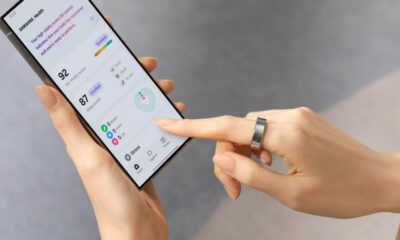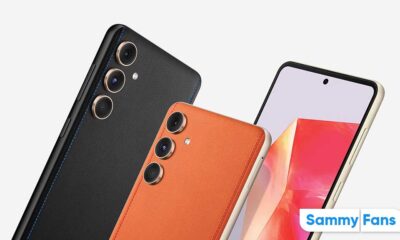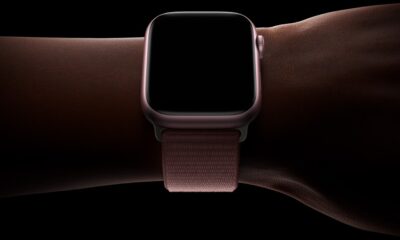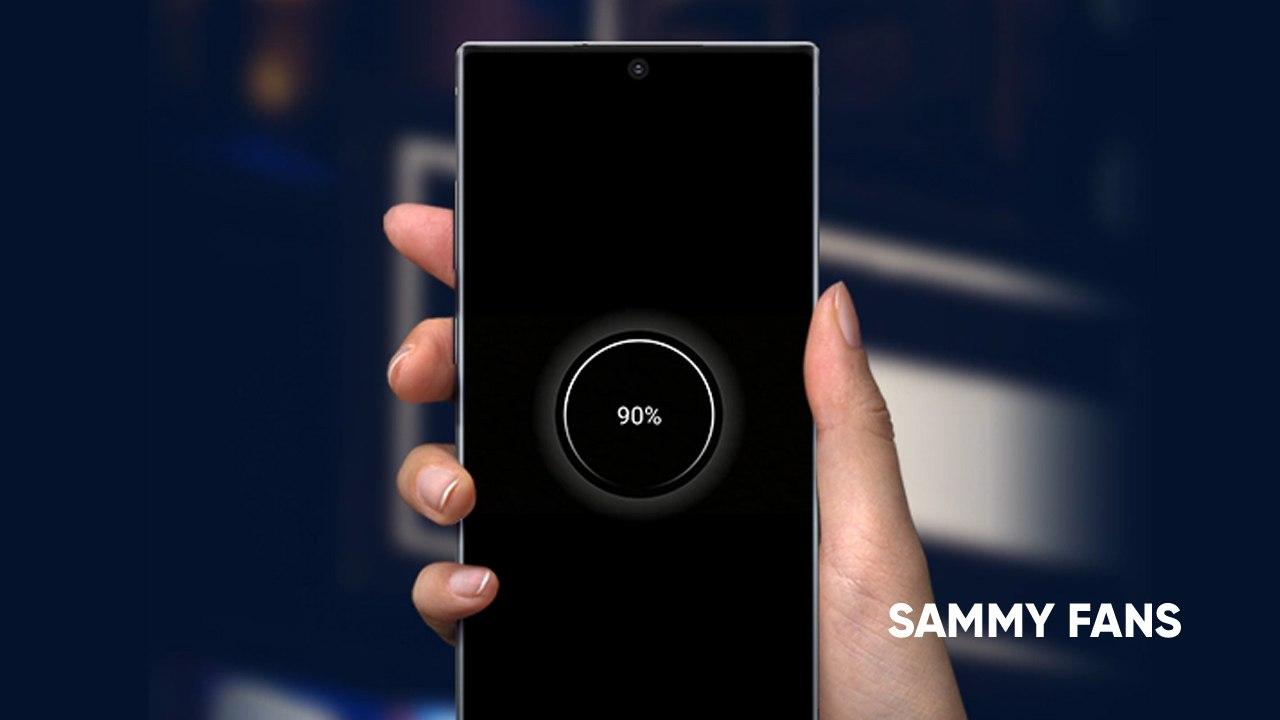
Future Samsung devices might not face battery draining issue by applying this Japanese technology
The most frustrating thing about having a Samsung smartphone is that despite the vast array of technological bells and whistles found on current models, long-term battery life is still an issue that needs to be resolved. Moreover, one of the main reasons why many users are forced to switch their Galaxies every couple of years is battery degradation.
As a result, they need to carry the power banks or charging their devices multiple times a day which somehow spoils the battery after some years of usage. However, it also blasts in some cases! which we already encountered in the past from the Galaxy S7 phones.
Researchers in Japan may have just discovered a solution to this problem
According to the ACS Applied Energy Materials journal, a research team from the Japan Advanced Institute of Science and Technology (JAIST) has been working on a new material that could extend the lifespan of lithium-ion (Li-ion) batteries used in smartphones and other devices also.
In a press release, the team mentioned studying the properties of a new binder for graphite anodes, which form the negative terminals in batteries. These terminals, when combined with cathodes (positive terminals) and electrolytes, all form an ecosystem conducive to electrochemical reactions that are involved in the charging and discharging of the battery.
To prevent the Li-ion batteries from degrading with each use, the binder used is made up of polyvinylidene fluoride (PVDF), which owns multiple qualities making it an appropriate material for long-term use.
After so many days of research and hard work, the team has now identified a new material that could possibly be used as a binder for graphite anodes called a bis-imino-acenaphthenequinone-paraphenylene polymer (BP polymer in short).
This new material offers better power-driven stability and has a number of qualities that immediately prevent graphite anodes from wearing out as quickly as when bound by PVDF (polyvinylidene fluoride).

How does this new material prevent battery drainage?
According to Professor Noriyoshi Matsumi, the lead scientist behind the study said that “whereas a half-cell using PVDF as a binder exhibited only 65 percent of its original capacity after about 500 charge-discharge cycles, the half-cell using the BP copolymer showed a capacity retention of 95 percent after over 1,700 such cycles.”
This implies the lifespan of a Li-ion battery increases dramatically in the typical scenario of everyday smartphone usage. Resulting in, the battery being able to retain its maximum charge capacity for up to five years before noticeable signs of degradation begin appearing.
“The realization of durable batteries will help in the development of more reliable products for long-term use,” Matsumi added. “This will encourage consumers to purchase more expensive battery-based assets like electric vehicles, which will be used for many years.”
Besides, the team believes the results of their research will lead to more battery-powered consumer devices with longer battery lives. However, if this research goes well it will result in the production of devices with lesser battery size but designed to last longer instead of being discarded every couple of years.
Lastly, if Samsung applied this technology to its smartphones and other devices which are fueled by a battery, then it will going to be a cherry on the cake. It is because the battery is one of the departments where Samsung devices are always criticized, and in 2021 it still quite an eminent issue for the brand that needs to be addressed.
STAY CONNECTED WITH US:
- Join SammyFans on Telegram
- Like SammyFans.com on Facebook
- Follow SammyFans on Twitter
- Get the latest insights through Google News
- Send us tips at – [email protected]
Samsung
BREAKING: Samsung begins Wear OS 5 development for Galaxy Watch 6
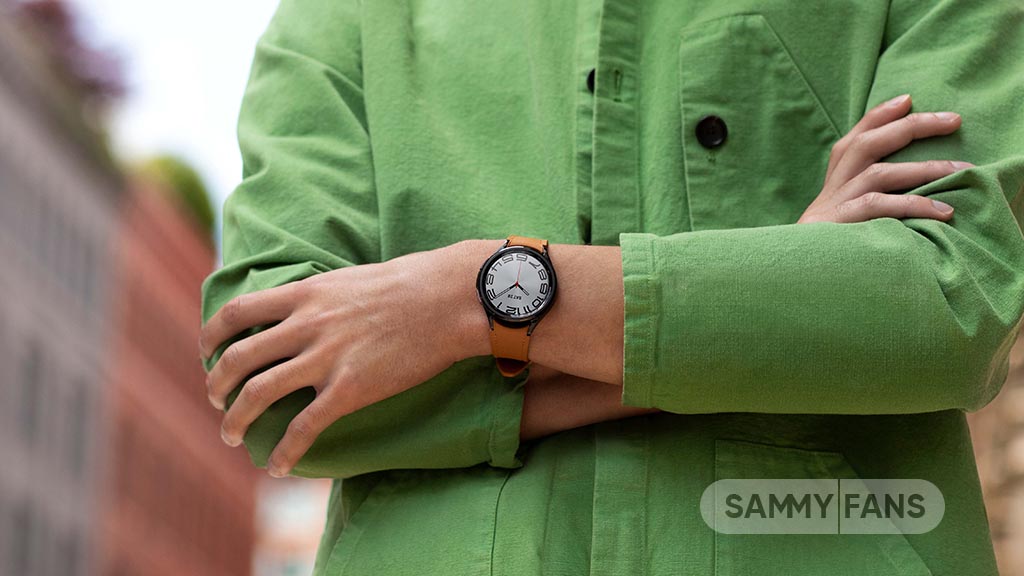
Samsung seems to have started Wear OS 5 development on the Galaxy Watch 6 Classic. The company’s smartwatches run the One UI Watch operating system on top of Google’s Wear OS. The first major update entered the development phase.
Matthew / X discovered evidence meaning Wear OS 5 is under development for Samsung Galaxy Watch 6 Classic. The next Wear OS version is expected to be based on Android 14, and slated to boost performance and efficiency for better user experience.
New test firmware spotted on CheckFirm bumps the OS character to “B” for Watch 6 Classic. As the latest wearables haven’t got any major upgrades, their firmware keeps “A” at the OS point. This indicates that the development has been kickstarted by Samsung developers.
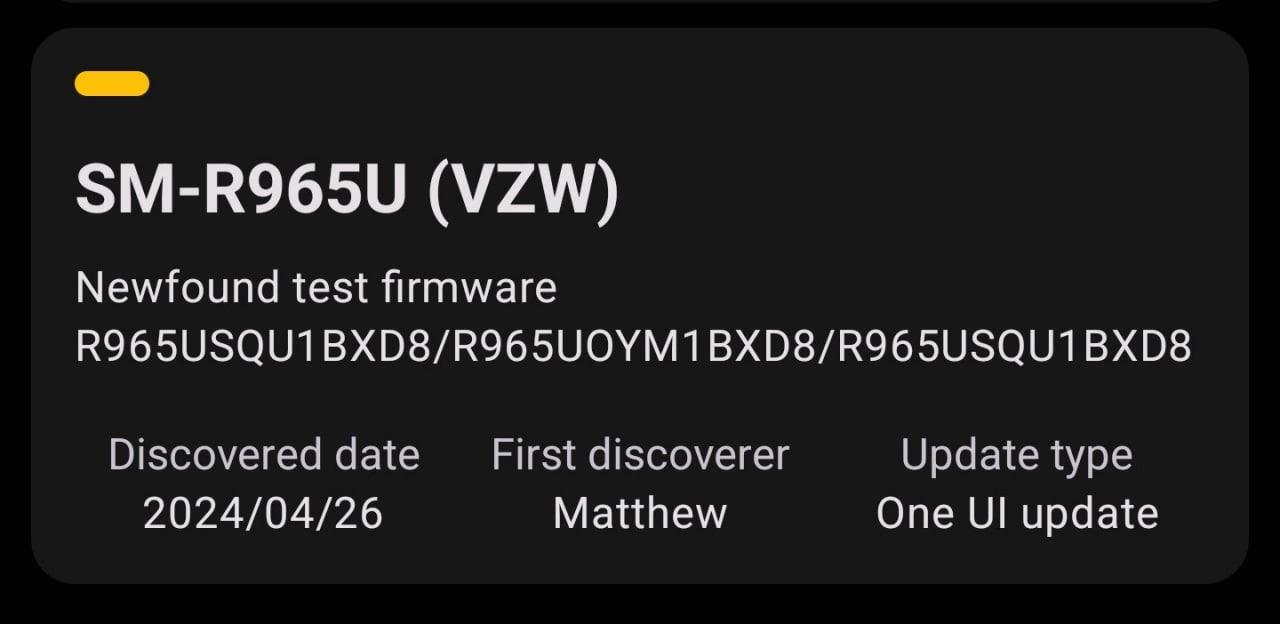
Image: Matthew / X
Samsung and Google are making joint efforts to evolve the Wear OS platform. Close collaboration benefits Galaxy and Pixel Watch users with some exclusive health features. And we believe this streak will continue to foster your Galaxy smartwatch experiences.
Galaxy Watch 6 series came pre-loaded with Wear OS 4 powered by Android 13. The Galaxy Watch 7 will be shipped with Wear OS 5, as reported by 9to5Google earlier. Following the debut, older compatible Galaxy smartwatches will also receive this major upgrade.
This means, your watch will not only get a Wear OS version bump but also a fresh Android as base. Users would welcome a more enhanced and streamlined user experience besides smoother functions. We will keep you update with the latest developments.
Stay up-to-date on Samsung Galaxy, One UI & Tech Stuffs by following Sammy Fans on X/Twitter. You can also discover the latest news, polls, reviews, and new features for Samsung & Google Apps, Galaxy Phones, and the One UI/Android operating system.
Do you like this post? Kindly, let us know on X/Twitter: we love hearing your feedback! If you prefer using other social platforms besides X, follow/join us on Google News, Facebook, and Telegram.
Samsung
BREAKING: Samsung Galaxy Ring to equip optional NFC feature
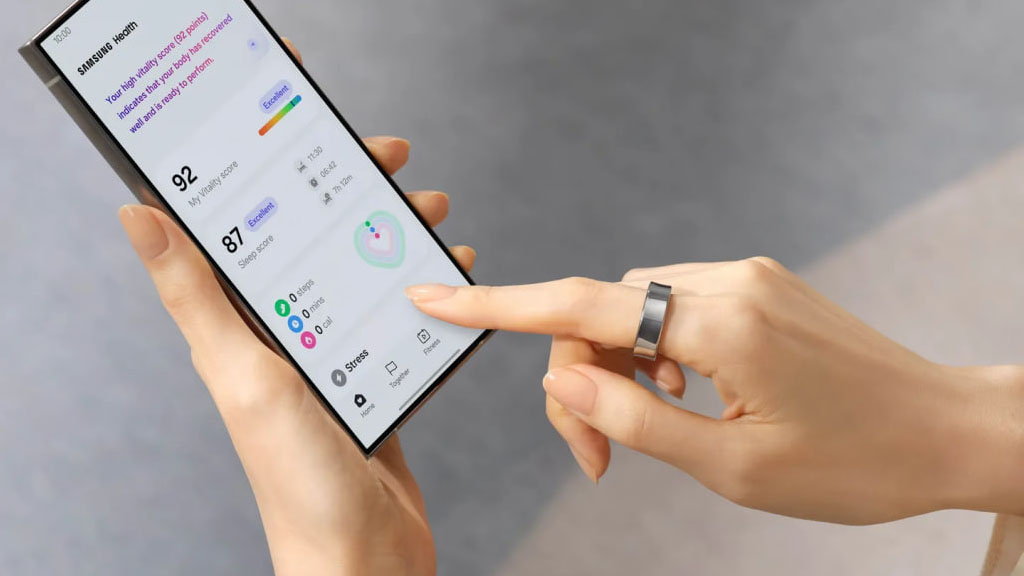
NFC appears to be an optional feature of the Samsung Galaxy Ring. The company is expected to release its first smart ring in July this year, with details regarding core features starting to appear.
According to a rumor, the Samsung Galaxy Ring may feature NFC technology. When in use, the functionality will significantly reduce the battery life of the smart ring, taking juice for an entire week.
It indicates Samsung may integrate the Ring functionality into the Health app. It would allow users to power up or disable adjustable features such as NFC. Keeping it disabled, the Ring may last up to three weeks on a single charge.
Near Field Communication technology is available in almost every recent flagship device. It would bring payment capabilities to the Galaxy Ring, making it easier than ever to pay at merchant outlets.
While the launch isn’t too close, we will surely get to hear more about this exciting product. Are you interested in Samsung’s new wearable form factor? Stay connected with us as we’ll continue to come up with the latest insights!
Stay up-to-date on Samsung Galaxy, One UI & Tech Stuffs by following Sammy Fans on X/Twitter. You can also discover the latest news, polls, reviews, and new features for Samsung & Google Apps, Galaxy Phones, and the One UI/Android operating system.
Do you like this post? Kindly, let us know on X/Twitter: we love hearing your feedback! If you prefer using other social platforms besides X, follow/join us on Google News, Facebook, and Telegram.
Samsung
Samsung rolls out enhanced 4G update to 2016 and 2017 Galaxy phones
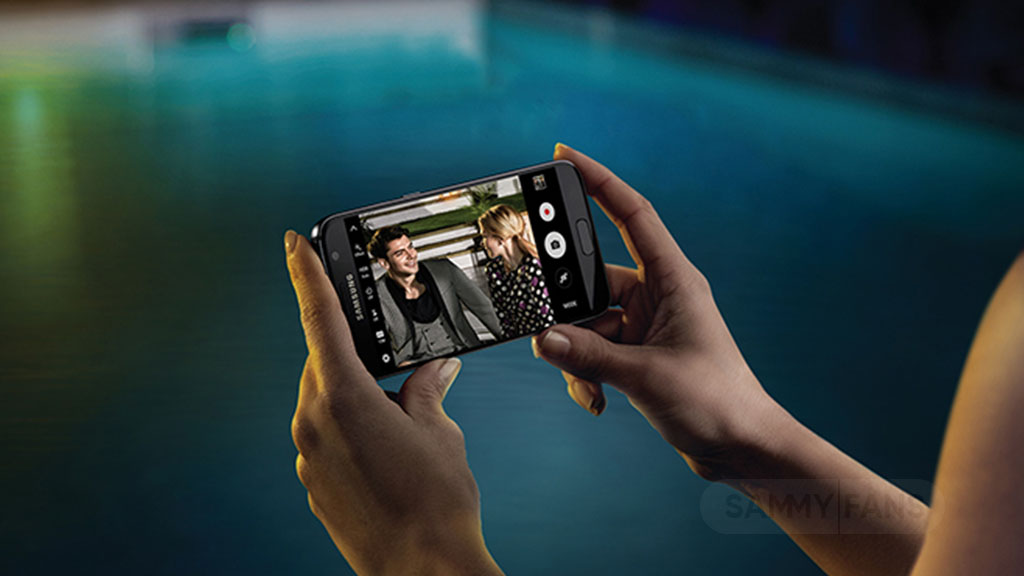
Samsung has released an enhanced 4G band support update for its older smartphone models, the Galaxy S7 from 2016 and the Galaxy A5 from 2017. This update is essential for maintaining access to network services, including emergency calls.
The new update ensures that these Galaxy devices remain functional with current 4G networks. Although the update does not provide new features or security enhancements, it is important for continuous network connectivity.
After the enhanced 4G TDD band support update, the firmware for the Samsung Galaxy S7 and Galaxy A5 have been updated to G930FXXU8EVG3 and A520FXXUGCTKA, respectively.
Currently, the update is available for Galaxy S7 and Galaxy A5 in Europe. However, there is no information about the update for the Galaxy S7 Edge. It is expected that Samsung will extend this update to more models from 2016 onwards.
Samsung is updating older phones to ensure that even older models can stay connected. Users with these models should manually check for updates if they have not received a notification. To install the latest update, you just need to visit Settings >> Software Update >> Download and install.
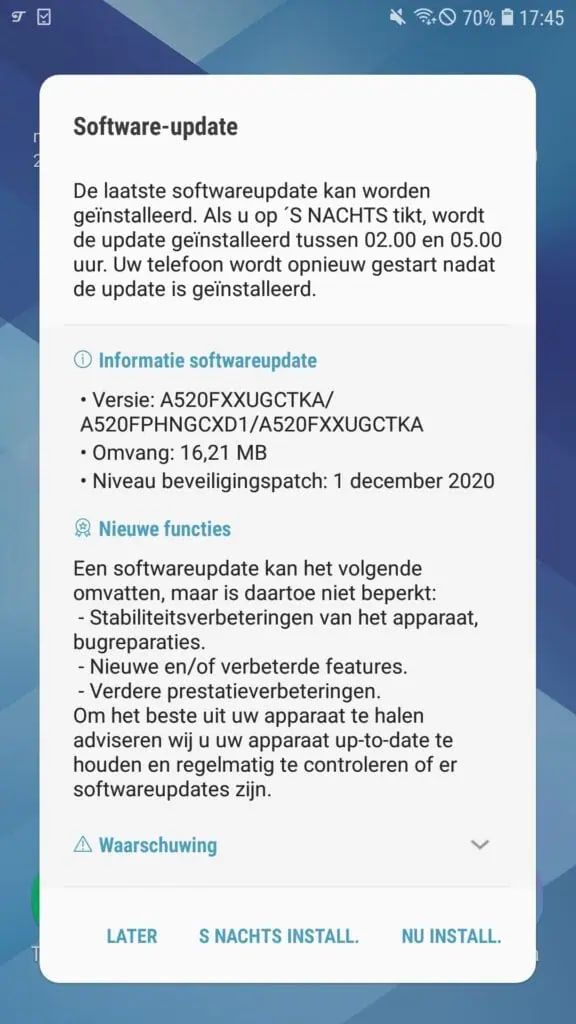
Stay up-to-date on Samsung Galaxy, One UI & Tech Stuffs by following Sammy Fans on X/Twitter. You can also discover the latest news, polls, reviews, and new features for Samsung & Google Apps, Galaxy Phones, and the One UI/Android operating system.
Do you like this post? Kindly, let us know on X/Twitter: we love hearing your feedback! If you prefer using other social platforms besides X, follow/join us on Google News, Facebook, and Telegram.



